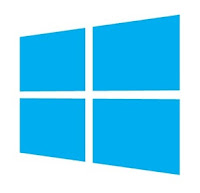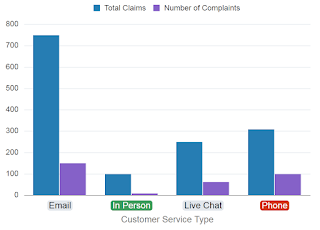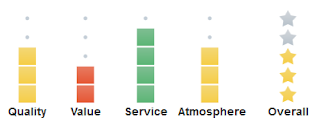Oracle MAF 2.3 has been released
The most awaited version of Oracle Mobile Application Framework (Oracle MAF 2.3.0) has been released. This is a big announcement as we can now build Windows 10 applications that can be run on any Windows 10 devices, even on computers.
These are some of the new features of this release:
JDeveloper 12.2.1
Oracle MAF 2.3.0 is now available in JDeveloper 12.2.1, released in November just before Oracle Open World.
Windows 10 support
Oracle MAF now allows to deploy the application to Windows 10 devices, event desktops or laptops but there are some limitations as you can only deploy the applications to devices based on x86 chipset.
Mobile Cloud Service Analytics integration
This release also provides built-in support for generating analytics events in Oracle Mobile Cloud Service. This will allow us to create custom analytics events and also for lifecycle events like startup, user login, etc… without any line of code.
Data Visualization Tools enhancements
Some of this enhancements are that we can individually style the axis labels or tooltips.
We can also set vertial orientation for Rating Gauge.
In conclusion I think that this is a step forward and that Oracle MAF is now one of the best choices to build cross-platform single-code mobile applications that makes the development simpler thanks to the declarative programming.
You can check step by step how to configure the development environment in this link: Oracle MAF: configuring Windows 10 development environment
You can get more information in these links: link 1 and link 2.














